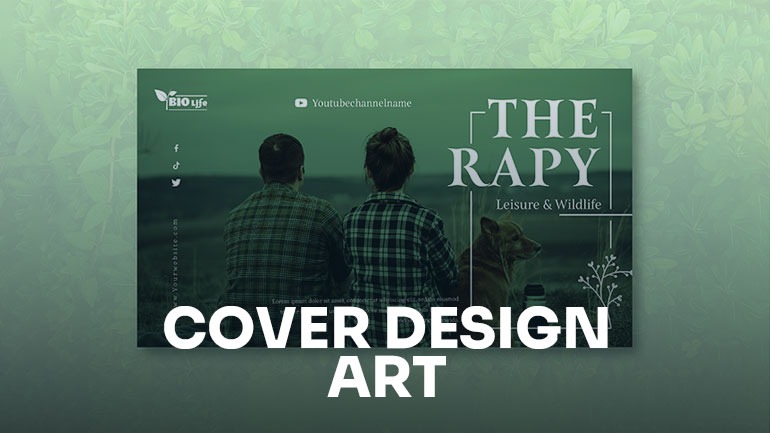
Introduction: Cover art plays a crucial role in capturing the attention of audiences and conveying the essence of a project, whether it’s a book, album, podcast, or video. In this guide, we’ll explore the importance of cover art, where and how to use it effectively, and tips for creating eye-catching designs that resonate with your audience.
The Importance of Cover Art: Cover art serves as the visual representation of your project, acting as the first point of contact with your audience. It communicates the genre, tone, and content of your work, enticing viewers to explore further and engage with your project.
Where to Use Cover Art:
- Books: Cover art is essential for books, serving as the primary visual element that attracts readers in bookstores, online retailers, and digital libraries. It should reflect the genre, themes, and target audience of the book, compelling readers to pick it up or click on it for more information.
- Albums: In the music industry, album cover art is a vital component of the overall branding and marketing strategy. It should capture the mood and style of the music, creating intrigue and anticipation among listeners.
- Podcasts: Cover art for podcasts is displayed on podcast directories, platforms, and social media channels. It should be visually striking and communicate the topic, tone, and personality of the podcast to attract listeners.
- Videos: Cover art for videos, such as YouTube thumbnails and video posters, plays a significant role in attracting views and clicks. It should convey the content and appeal to the target audience, encouraging viewers to watch the video.
Types of Cover Art:
- Illustrative: Illustrative cover art features artwork or illustrations that visually represent the content of the project. It can be stylized or realistic, depending on the tone and style of the project.
- Photographic: Photographic cover art uses images or photographs to convey the message or theme of the project. It should be high-quality and relevant to the content, capturing the viewer’s attention and curiosity.
- Typographic: Typographic cover art relies on typography and design elements to create visually engaging compositions. It can include bold typography, creative layouts, and graphic elements to convey the essence of the project.

Tips for Creating Cover Art:
- Know your audience: Understand the preferences and expectations of your target audience to create cover art that resonates with them.
- Keep it simple: Focus on conveying the essence of your project with clarity and simplicity, avoiding cluttered or overly complex designs.
- Use high-quality images: Use high-resolution images and graphics to ensure sharpness and clarity, especially for print projects.
- Maintain consistency: Maintain consistency in branding elements such as colors, fonts, and design style across all cover art for cohesive branding and recognition.

Conclusion:
Cover art is a powerful tool for capturing attention, conveying information, and establishing a connection with your audience. Whether it’s for books, albums, podcasts, or videos, well-crafted cover art can elevate your project and enhance its visibility and appeal. With the right design approach and attention to detail, you can create stunning cover art that resonates with your audience and leaves a lasting impression.
